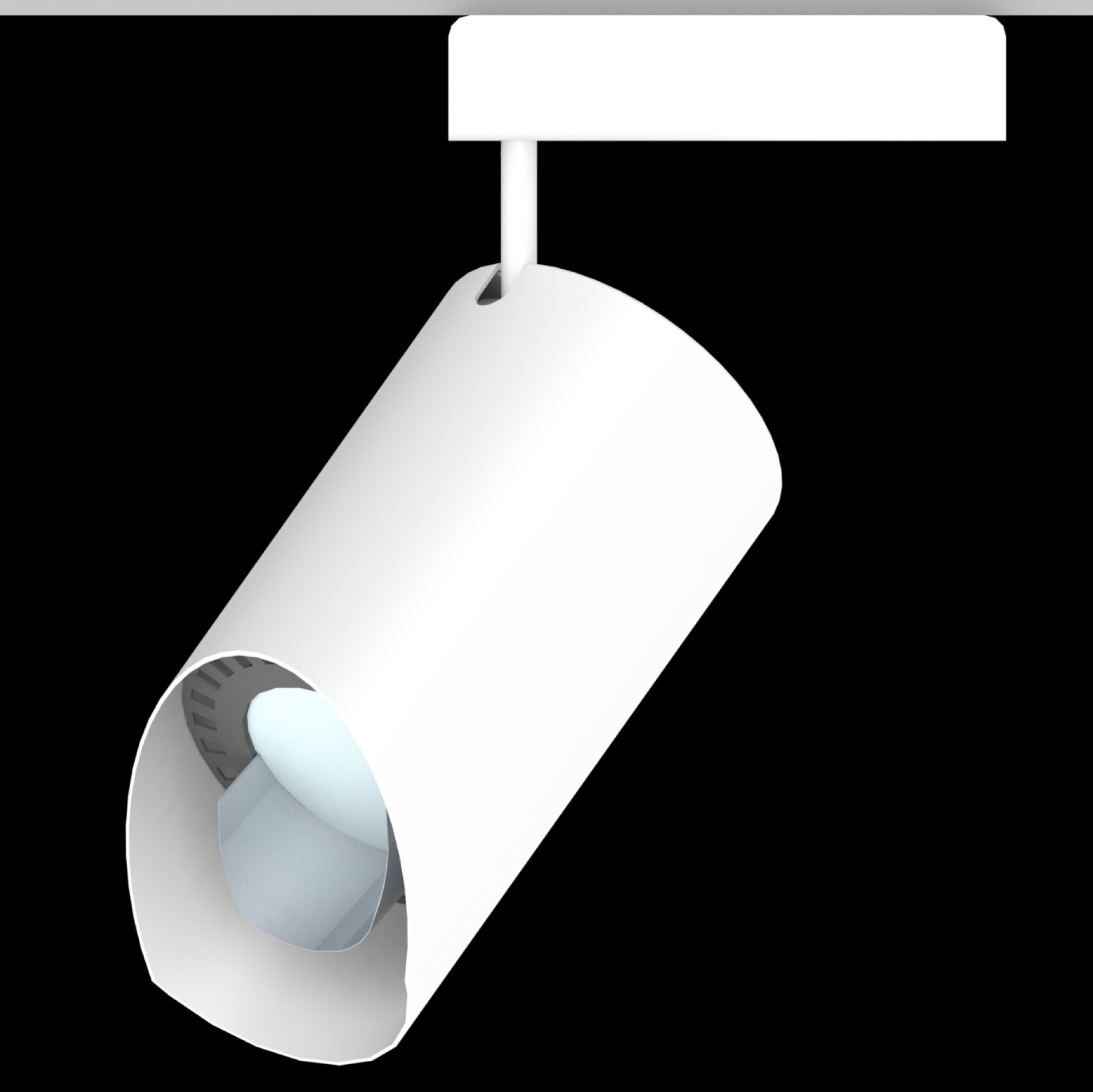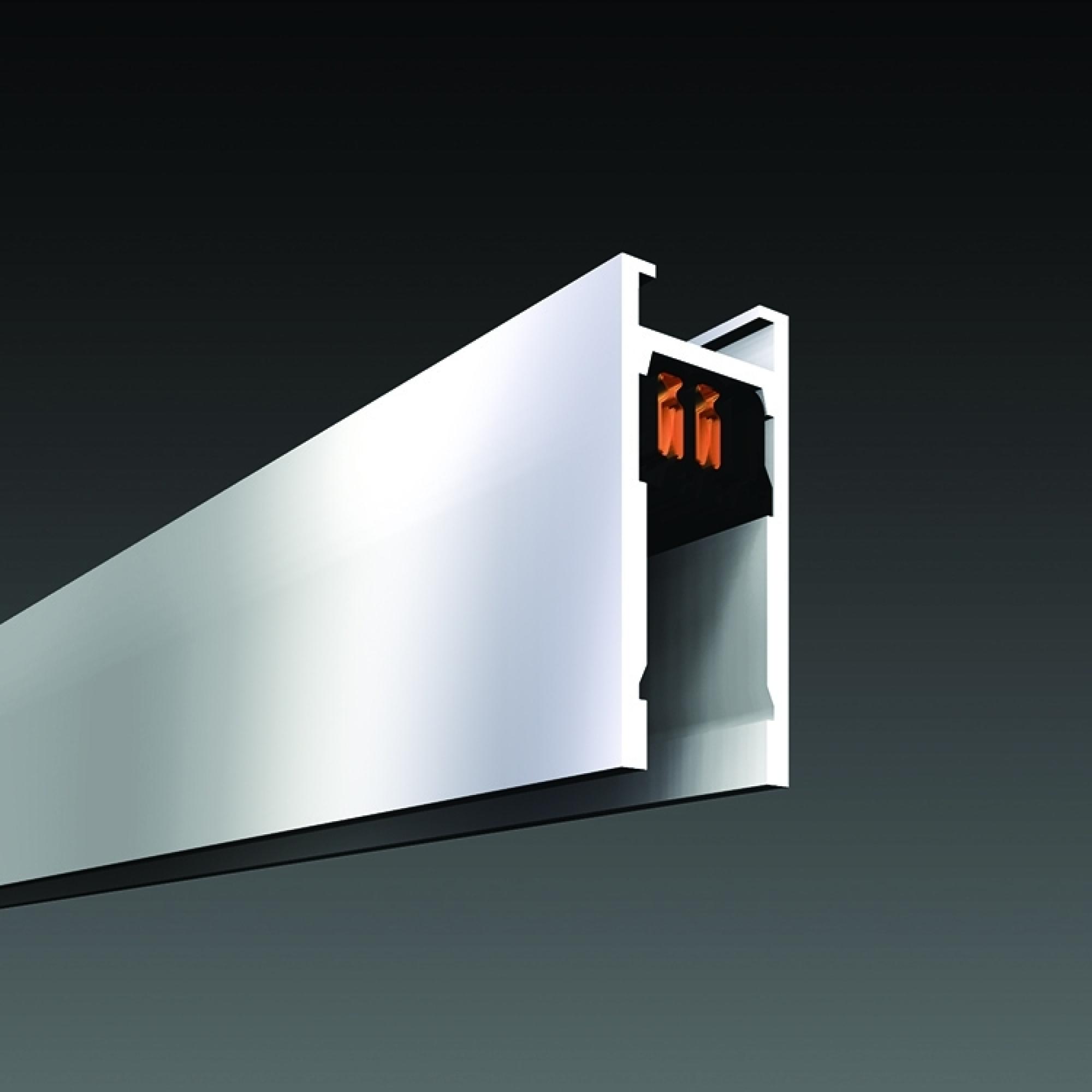Bringing Art To The People In Innovative Ways
The COVID pandemic has been transformative. It continues to shape our lives in significant ways, from how we interact with other people, to where we work, shop, and spend our leisure time. Notions of public and private have changed or been challenged; much that was previously public disappeared under health mandates requiring isolation and social distancing. Public spaces like art museums, shopping centers, and cultural institutions shut down as people went into lockdowns. As restrictions lift, many venues are confronting the challenge of getting visitors back.
Even before COVID, the internet was disrupting traditional notions of public and private, and transforming how space was used. With the rise of online shopping, malls and other types of retail spaces were being abandoned. COVID closures only accelerated this process.
With many malls and other large industrial spaces sitting empty, innovators across the country are searching for new uses for these structures. In addition to offering ample square footage, abandoned or declining retail spaces also maintain connotations of the public square, or Main Street, and are typically located in well-trafficked and easily accessible locations. The physical and cultural accessibility of these spaces supports a program of popularizing artist production — pulling art out of galleries and museums, and placing it in public spaces in a way that activates the venue and helps support stores and restaurants.
Litelab recently helped transform Wonderspaces Philadelphia, located in a Fashion District mall, into a unique art venue. Revitalizing projects like this require a lighting infrastructure capable of supporting a wide range of potential exhibits and programs. The Wonderspaces gallery isn’t a fixed and permanent exhibition, but rather a home for an array of potential media and experiences.
Litelab was tasked with providing a dynamic and future-proofed system capable of supporting a vast array of potential programs, media, and environments. BusRun provides a flexible power infrastructure for an underdetermined program. With a weight rating of 100 lbs between hanging points, and accessories that provide ad hoc power distribution for LCD screens, computers, speakers, projectors or other devices, the BusRun back-bone supports the demands of changing exhibitions and media. High output M55 and M56 LEDs with on-board dimming provide ample light, while each fixture can be adjusted based on the demands of the exhibition.
As the world recovers from COVID, new forms of hybrid spaces will continue to emerge to replace previously programmatically homogeneous spaces. Mixed-use installations, like Wonderspaces, provide an inclusive cultural experience that supports a mission of popularizing artistic production, while also supporting commercial interests, creating a more holistic and engaging setting for people to take part in. Transformational architecture will become the future of spaces like these, and flexible, infinitely configurable lighting solutions are necessary to bring them to life.













